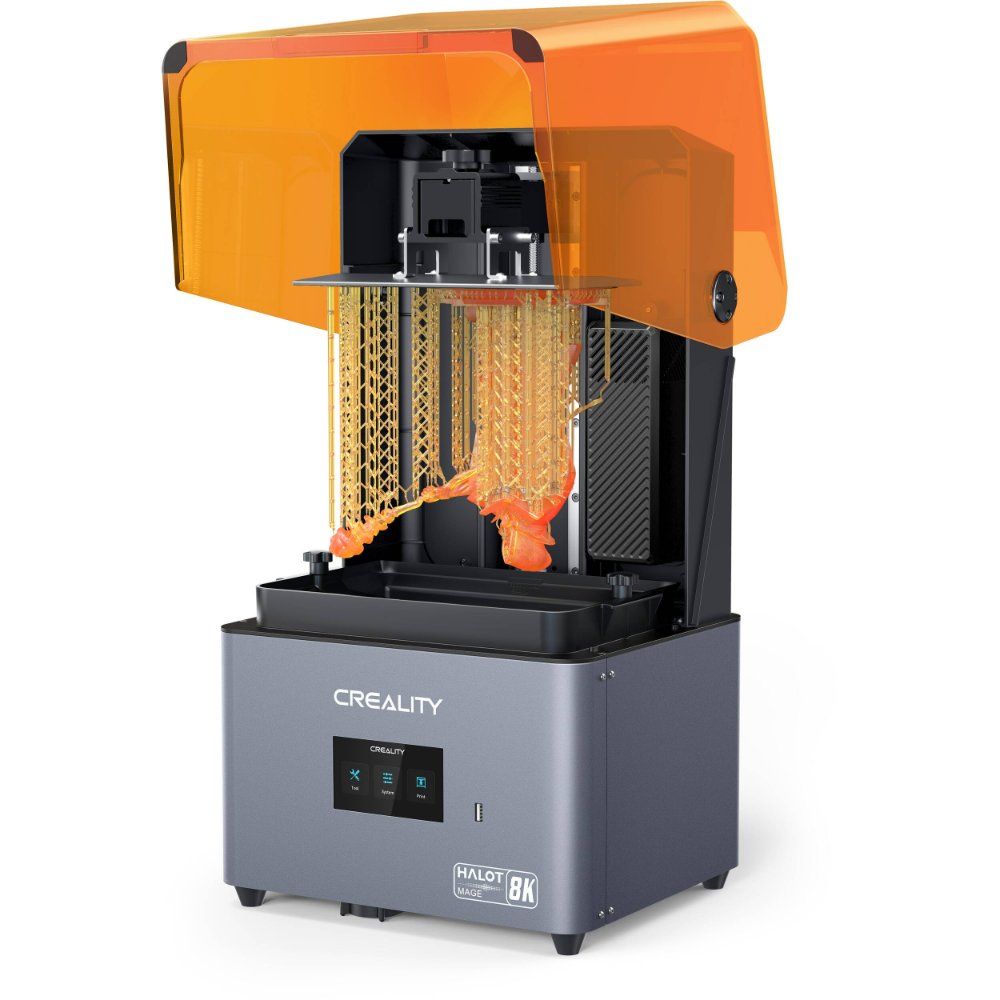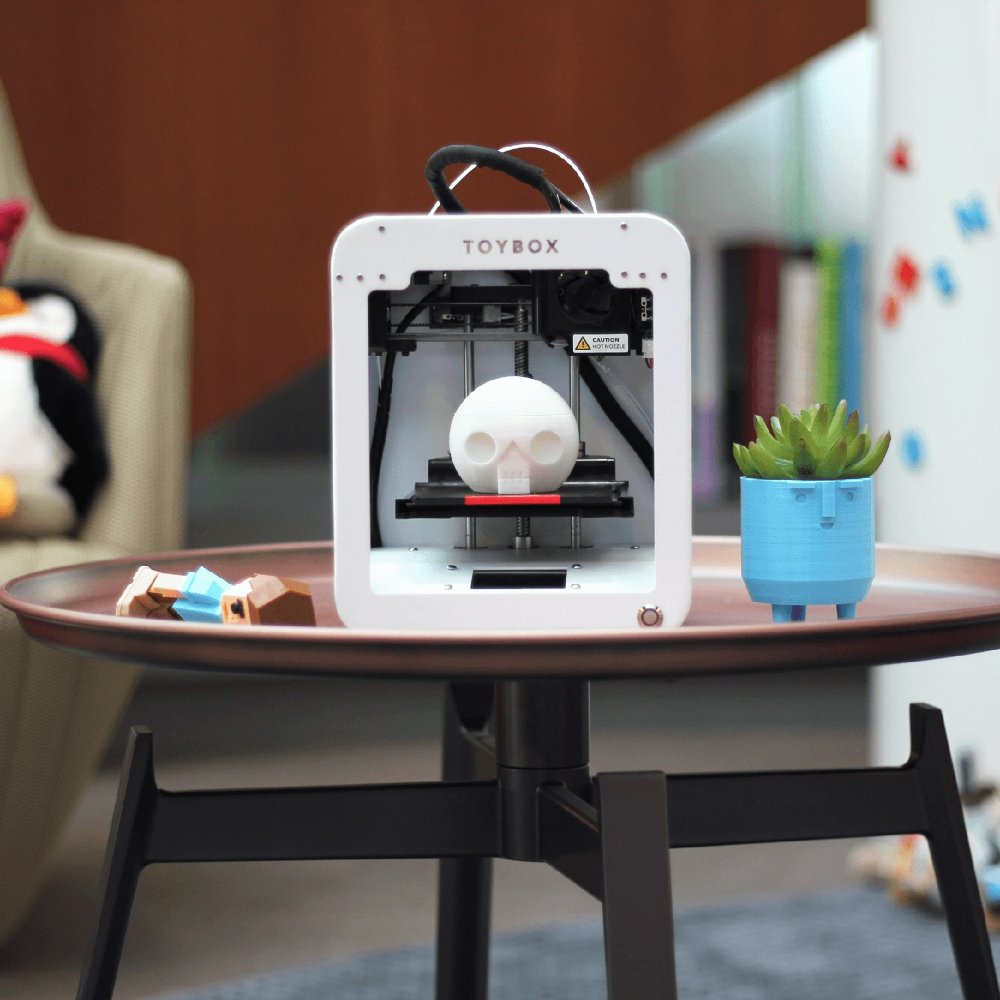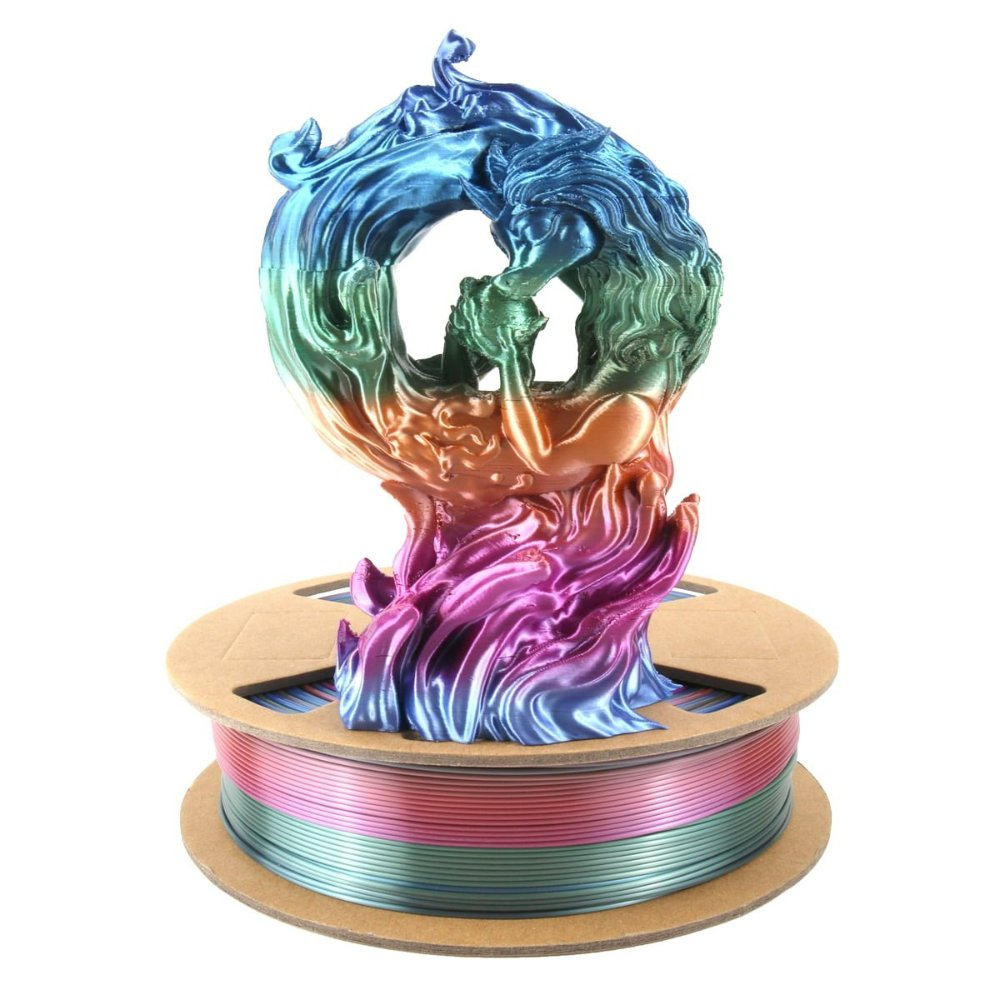Introduction to 3D Printing Technology
3D printing, or additive manufacturing, is a process that creates objects layer by layer. It uses digital designs from computer aided design (CAD) or 3D modeling software. The technology starts by slicing CAD models into thin horizontal layers. A 3D printer then builds the object by printing one layer after another. This tech has become more popular in recent years. It allows rapid production of prototypes and final products. It is used in various fields, such as healthcare, automotive, and aerospace.
Each layer can be complex, which allows for detailed and intricate items to be created. Users often enjoy significant creative freedom with 3D printing. They can produce objects that traditional manufacturing methods can’t achieve. The printers are becoming more accessible, and many people wonder, ‘how much is a 3D printer?’. The answer varies depending on many factors which will be discussed further in this blog. As of 2025, the cost has decreased, making the technology more affordable for consumers and small businesses.
Understanding 3D printing is crucial to realizing its potential benefits. It’s also essential for making an informed choice when exploring how much a 3D printer costs. This introduction sets the stage for a deeper dive into the factors that influence the price of 3D printers.

Factors Affecting the Cost of 3D Printers
Various factors can influence how much a 3D printer costs. This section will explore the key elements that play a role in determining the price of these innovative machines.
Material and Component Costs
The materials used for 3D printing, such as plastics, metals, and resins, can vary widely in cost. High-quality materials typically lead to a higher price tag for the printer. Additionally, the components that make up the printer, including the print head, motors, and build platform, contribute to the overall cost. Superior components often result in better print quality but also add to the expense.
Production Scale and Manufacturer
The scale at which 3D printers are produced affects their cost. Mass production can reduce the price per unit, while bespoke or limited-edition models usually cost more. The manufacturer’s brand and reputation can also impact the price. Established brands might charge more due to their proven reliability and after-sale support.
Printer Specifications and Capabilities
3D printers come with a range of specifications and capabilities that determine their price. Basic printers that offer limited size and speed are often more affordable. In contrast, printers with large build volumes, high-speed printing, and advanced features like multiple filament support will command a higher price. Users must balance their need for advanced features with the budget they have.
The Price Range of 3D Printers in 2025
As of 2025, the price of 3D printers has become more attainable. This reflects advancements in technology and increased market competition. Now, 3D printers come in various price brackets. These cater to different levels of users from hobbyists to professionals. Here we delve into the cost categories of 3D printers in 2025.
Entry-Level 3D Printers
Entry-level 3D printers are the most accessible. They appeal to beginners and casual users. Prices start as low as a few hundred dollars. These models offer basic functionalities. They are suitable for small-scale projects and learning the ropes of 3D printing. Despite their affordability, many can still produce decent quality prints.
Mid-Range 3D Printers
Mid-range 3D printers cater to serious hobbyists and small businesses. They strike a balance between cost and capability. Prices range from a thousand to a few thousand dollars. These printers come with enhanced features. For example, better resolution, larger build areas, and more reliable performance. They offer a step up for those who have outgrown entry-level machines.
High-End 3D Printers
High-end 3D printers serve professionals and industrial applications. They can cost tens of thousands of dollars. They boast top-tier performance, precision, and durability. Features include vast build volumes, high-speed printing, and multi-material support. These printers can handle complex jobs and deliver exceptional quality. They represent a significant investment geared towards those who demand the best.
Overall, ‘how much is a 3D printer?’ has a varied answer in 2025. It largely depends on the user’s needs and the printer’s sophistication. The market now offers a range of options to suit diverse budgets and requirements.

Cost Comparison: 3D Printing vs. Traditional Manufacturing
When considering ‘how much is a 3D printer?’, it’s essential to compare it with traditional manufacturing costs. This comparison gives a clear picture of the value and savings possible with 3D printing.
Initial Investment and Setup Costs
Traditional manufacturing usually requires more upfront investment. This includes costs for molds, tooling, and setup. 3D printing has lower initial costs; often, you only need the printer and materials.
Production Time and Efficiency
3D printing is often quicker than traditional methods. It eliminates the need for creating molds or preparing machines. This time efficiency can translate to cost savings, especially for prototyping.
Flexibility and Customization
Traditional manufacturing can be costly for custom and low-volume production. 3D printing allows for customization without extra costs. It’s ideal for personalized items or small production runs.
Material Waste and Sustainability
Traditional methods can waste materials during production. 3D printing is more sustainable; it only uses the material needed for the object. This reduces waste and often results in lower costs over time.
Labor Costs
Traditional manufacturing often needs more manual labor. This includes machine operation and assembly work. 3D printing can automate much of the process, leading to lower labor costs.
In summary, 3D printing can offer significant cost-saving benefits. These include lower initial investment, increased efficiency, customization, sustainability, and reduced labor costs. These factors make 3D printing a smart investment for many businesses and individuals.

The Future of 3D Printing Costs
The cost of 3D printers is closely tied to the progress of technology. As we look ahead, the question ‘how much is a 3D printer?’ will evolve with new advancements.
Technological Advancements
Rapid technology growth will continue lowering 3D printing costs. Innovations in materials and printing processes will make printers cheaper and more efficient. Component miniaturization and automation may reduce manufacturing expenses. Open-source designs could make DIY printer kits more affordable.
Market Trends and Consumer Demand
Consumer demand is dictating market trends. As more people and businesses adopt 3D printing, the demand for accessible printers grows. This drives competition, which can drive prices down. Also, a shift toward more sustainable production methods could lead to cost reductions. As 3D printing becomes mainstream, economies of scale could lower the price point even further.
How to Choose an Affordable 3D Printer
Choosing an affordable 3D printer involves careful consideration. It’s not just about asking ‘how much is a 3D printer?’ but about recognizing what you need it for. It’s key to balance cost with functionality to find the best value.
Understanding Your Printing Needs
Start by thinking about what you want to print. Simple items or complex designs? Casual use or regular, heavy duty tasks? Your printing needs will guide your choice of printer. For basic models and occasional use, an entry-level 3D printer might be enough. If you’re aiming for detailed prints or commercial quality, look at mid-range or high-end models.
Look at the printer’s build size too. Do you need to create large objects? Then you’ll need a printer with a large build volume. Material compatibility is also crucial. The types of materials you plan to use will determine the technology and features required. For instance, if you aim to use various materials, choose a printer that supports multiple filaments.
Evaluating Features Versus Price
It’s tempting to go for a printer with the most features. However, think about which features you’ll actually use. A higher price doesn’t always mean better value for your particular needs. Consider print speed, resolution, and software compatibility. These factors can heavily influence your printing experience.
Does the printer offer good resolution for detailed prints? Is the print speed suitable for your volume of work? Check if the printer is compatible with the software you’re comfortable using. Verify that it has a good support system in case you run into any issues. Choosing a machine within your budget, with the right mix of necessary features, will ensure you get the most out of your purchase.
By carefully considering your printing needs and the value of features offered, you can select an affordable 3D printer. It will provide the best bang for your buck and serve you well in your 3D printing adventures.
Conclusion: The Value of Investing in 3D Printing
In concluding this blog on the costs associated with 3D printing in 2025, it’s apparent that the value of investing in a 3D printer goes beyond the tag ‘how much is a 3D printer?’. The advantages are vast when considering long-term benefits and the rising potential of additive manufacturing. Here’s a snapshot of the vital points to remember:
- Reduced Costs Over Time: While the initial investment may vary, 3D printers often lead to reduced costs in the long run. This includes savings from lower material waste, minimized labor needs, and the lack of need for traditional manufacturing setups.
- Customization and Speed: 3D printing excels in bespoke, tailored products. The technology allows fast production of customized items without added costs.
- Technological Growth: With constant innovations, these machines are rapidly becoming more advanced and less expensive. This growth suggests even more accessible prices in the near future.
- Economic and Environmental Impact: 3D printing offers a sustainable option. It minimizes waste and can contribute to greener production methods, which have both economic and ecological benefits.
- Market Expansion: As the market grows, and more consumers and businesses adopt 3D printing, the demand for affordable, reliable machines will lead to a greater variety of options at competitive prices.
Choosing the right 3D printer involves a keen understanding of your personal or business needs, and balancing those against the features and prices on offer. The conclusion is clear: investing in a 3D printer holds a promising value proposition and is within reach for varied budgets in 2025. Whether you’re starting as a hobbyist or looking to innovate in a professional space, the future of 3D printing holds exciting possibilities for all.